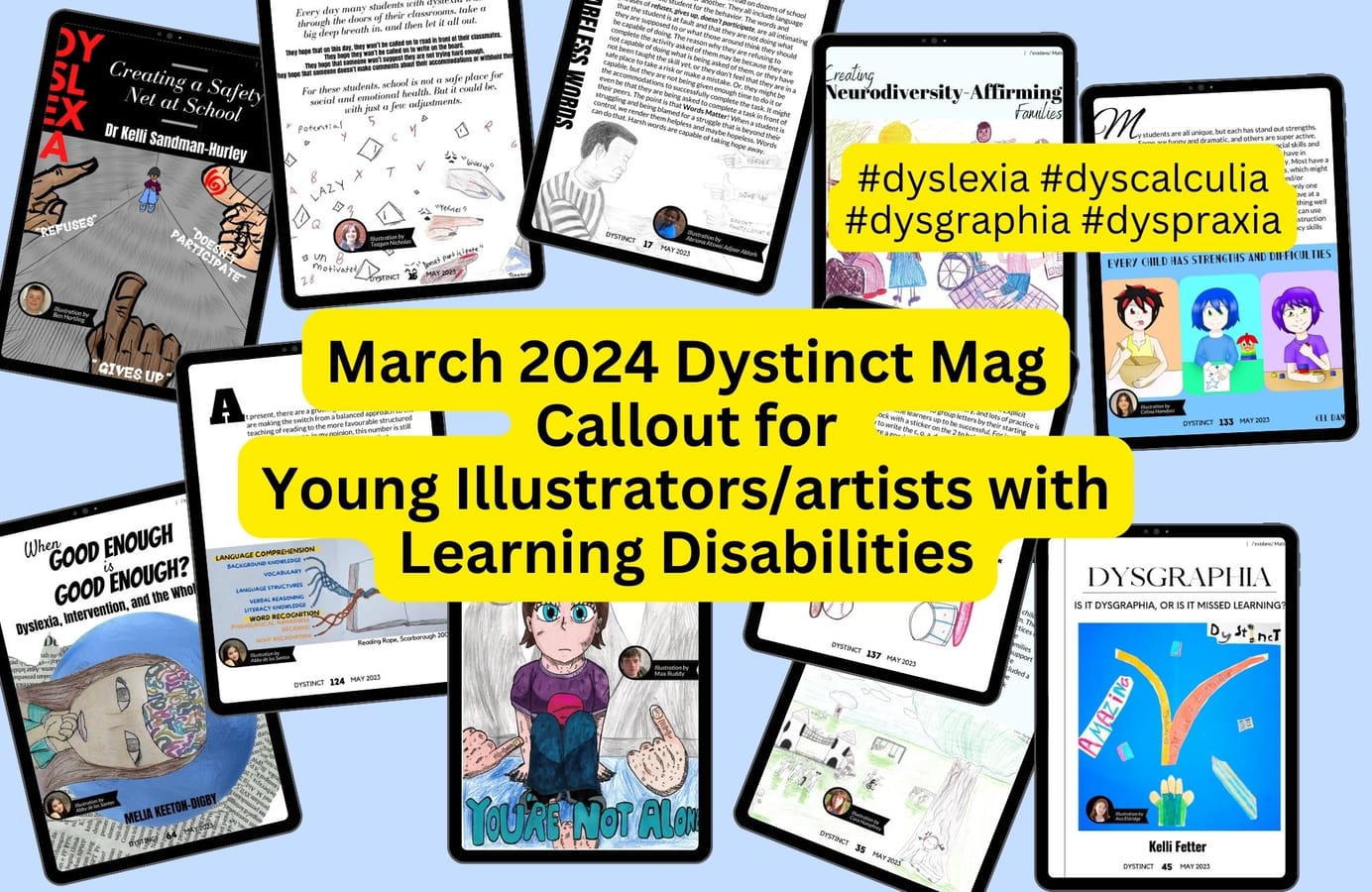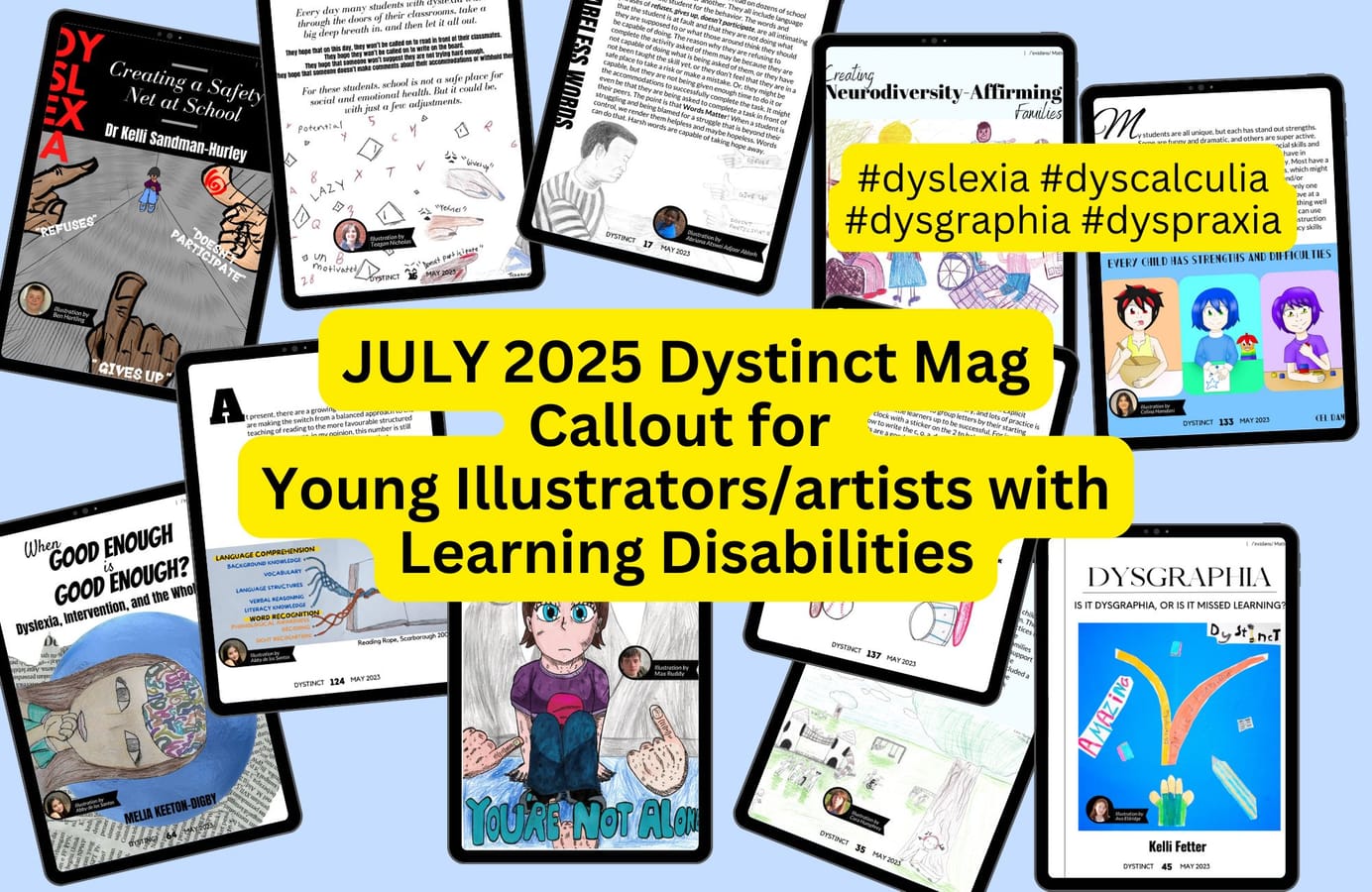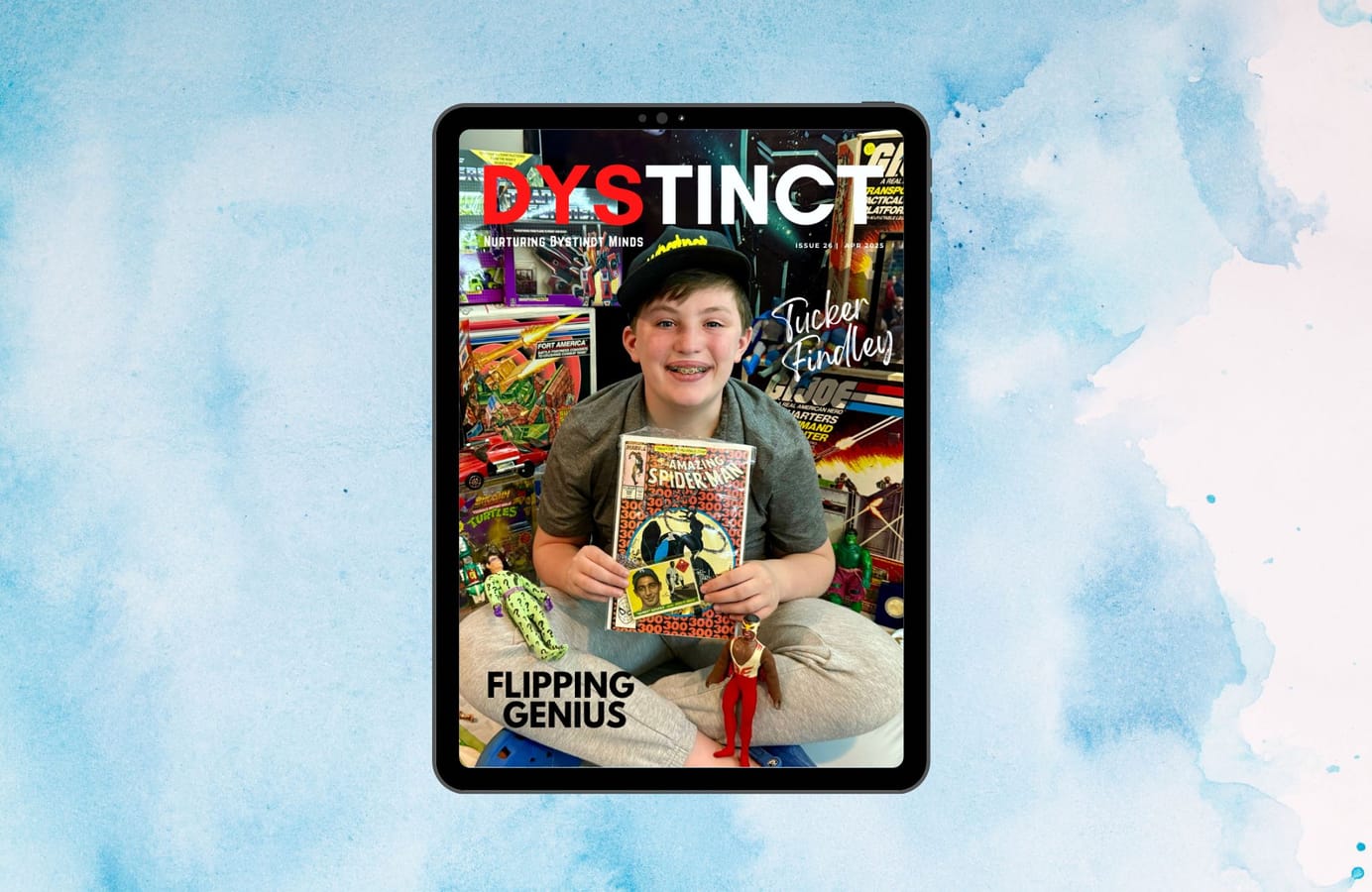
Issue 20: Illustration Callout for March 2024 Dystinct Magazine
Opportunity for children to get their illustrations published in the Dystinct Magazine. In every magazine issue, articles written by specialists are accompanied by illustrations created by children. Submit your child's illustrations for a chance to be featured in the Dystinct Magazine.
Table of Contents
Callouts for illustrations to be featured in the upcoming March 2024 issue of the Dystinct Magazine
Instructions to submit the illustrations are at the bottom. If you have any questions, please get in touch with me at hello@dystinct.org.
Callout 1 - Improving Child Outcomes Through Service Provider-Caregiver Collaboration
- Article Topic: Collaboration Between Service Providers and Caregivers: Better Outcomes through Working Together
- Article Context: This article explores the transformative power of collaboration between caregivers and service providers in achieving optimal outcomes for children, emphasizing the importance of mutual understanding and partnership.
Illustration Guideline:
Children can feel free to create an illustration as per their creativity.
If you require ideas children can create an illustration to the theme of one of the options below:
- Garden of Growth: A garden with different flowers labelled with the diverse needs of children, being tended to by both caregivers and service providers, showcasing how collaboration nurtures growth and development.
- Connecting Hands: A bridge formed over a raging river by the hands of service providers and care givers on either side and a child walking proudly on the bridge.
- Rocket Ship of Progress: A rocket ship steered by a child ready to blast off into space with caregivers and service providers working together to launch the rocket.
Callout 2 - The Power of Games to Help Students Who Struggle with Maths
- Article Topic: Terminology in the education landscape: Some key terms explained.
- Article Context: The author delves into the transformative potential of games in aiding students struggling with math, highlighting how they reinforce mathematical concepts, foster a positive learning environment, and enhance the overall learning experience for students.
Illustration Guideline:
Children can feel free to create an illustration as per their creativity.
If you require ideas children can create an illustration to the theme of one of the options below:
- Math Superheroes: Children can design their own math superheroes, each with unique math-related powers and abilities, symbolizing the excitement and empowerment that comes with mastering mathematical concepts.
- Mathematical Playground: Children can draw a vibrant playground which is filled with various math-related play equipment showing numbers, shapes, equations, etc.
- Math Adventure Map: Children can create a colourful map showcasing different math concepts and landmarks, inviting exploration and discovery of mathematical ideas.
Callout 3 - Reading Trauma
- Article Topic: How Reading Trauma Became the Unknown Norm of U.S. Classrooms
- Article Context: The author delves into the pervasive issue of reading trauma in U.S. classrooms, shedding light on the profound PTSD symptoms experienced by struggling readers, advocating for effective reading instruction to mitigate long-term consequences and enable individuals, schools, and communities to thrive.
Illustration Guideline:
Children can feel free to create an illustration as per their creativity.
If you require ideas children can create an illustration to the theme of one of the options below:
- Visual Representations of Emotional Responses: Children can draw facial expressions or masks that reflect emotions commonly associated with reading trauma, such as frustration, anxiety, shame, or fear.
- Depiction of Classroom Scenarios: Children can draw scenes from classrooms where reading trauma may manifest, such as a student struggling to read aloud in front of classmates, feeling overwhelmed during a reading comprehension activity, or avoiding reading-related tasks altogether.
- Representation of Internal Battles: Children can create drawings depicting the internal struggles and conflicts experienced due to reading trauma, such as a tug-of-war between confidence and self-doubt, or a stormy sky representing turbulent emotions, or a maze symbolizing the challenges of navigating through reading difficulties.
Callout 4 - Helping children with Oppositional Behaviour Patterns
- Article Topic: Oppositional Behavior Patterns in Children: What Are They and How Can We Help?
- Article Context: The author provides insights into understanding the causes of oppositional behaviour in children, offering proactive support strategies and emphasizing positive traits to empower parents and professionals in guiding children towards success.
Illustration Guideline:
Children can feel free to create an illustration as per their creativity.
If you require ideas children can create an illustration to the theme of one of the options below:
- Conflict Scenarios: Illustrations showing common scenarios where oppositional behavior may arise, such as a child refusing to follow instructions from an authority figure or engaging in a disagreement with peers.
- Coping Strategies: Drawings illustrating a child engaging in a coping strategy such as deep breathing exercises, sensory activities, or seeking support from a trusted adult.
INSTRUCTIONS
Instructions for creating illustrations:
- If your child can create digital drawings, that would be preferred. If not, illustrations on paper will suffice. (If your child can create a digital illustration please let me know about the software/platform that they will be using to create the file).
- Please create/draw/colour on an A4 sheet of WHITE paper.
- Scan the image and send us a clear image of the illustration without shadows. Please do not take a photograph using flash on your mobile device.
Instructions for submitting your illustrations:
Please email me your submissions to hello@dystinct.org with the following info:
- Short bio- 25-50 words
- Name of Child
- Age
- Location (City/Country)
- Diagnosis/suspected diagnosis
- 1-2 high-resolution headshots/ photos of the child
Illustrations featured in previous issue of Dystinct Magazine
The below illustrations were featured in January 2024 Dystinct Magazine.







